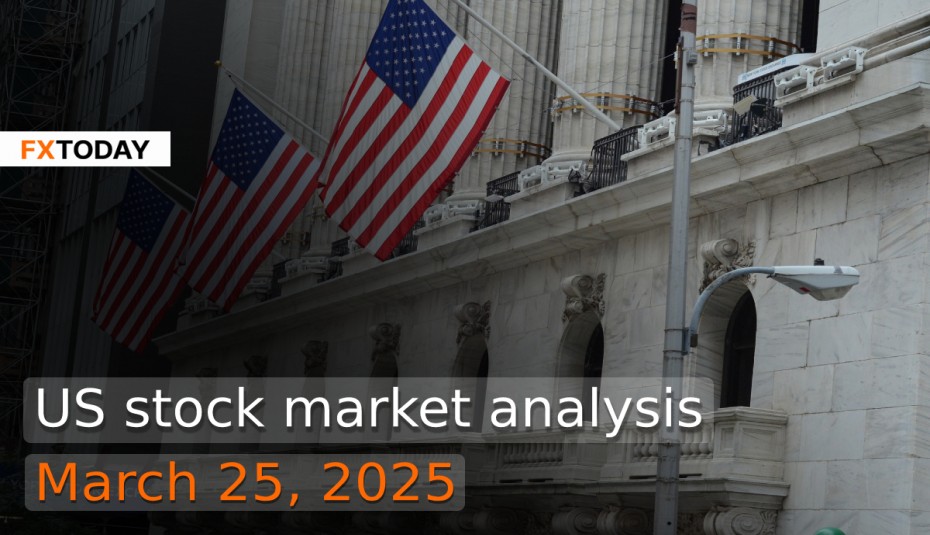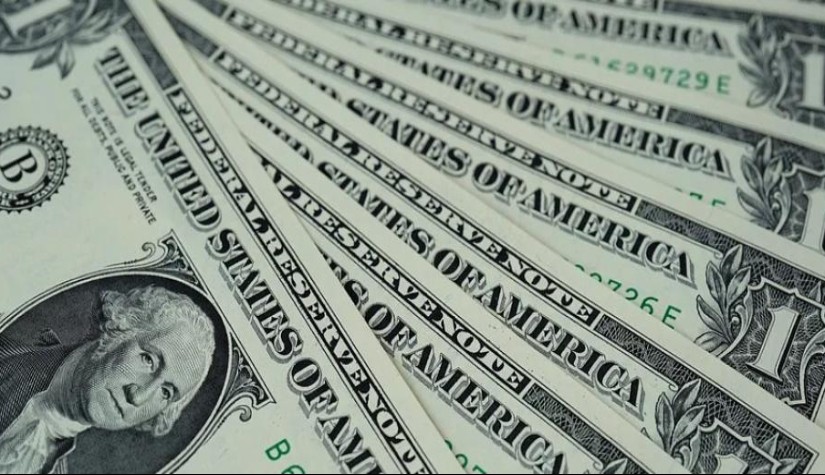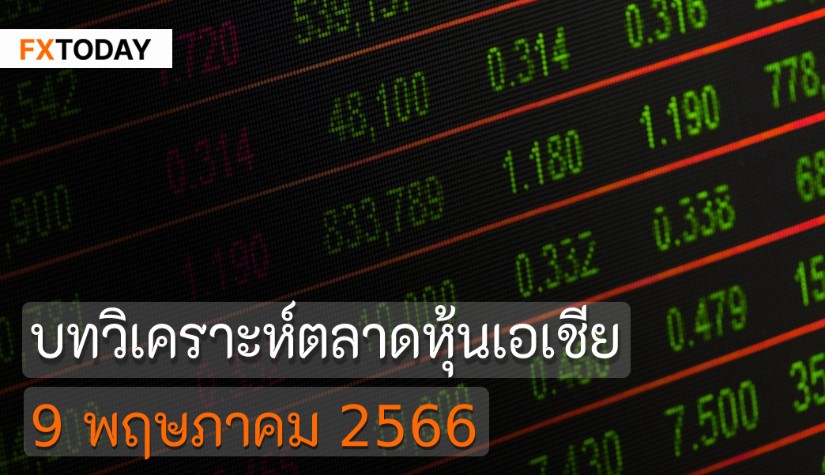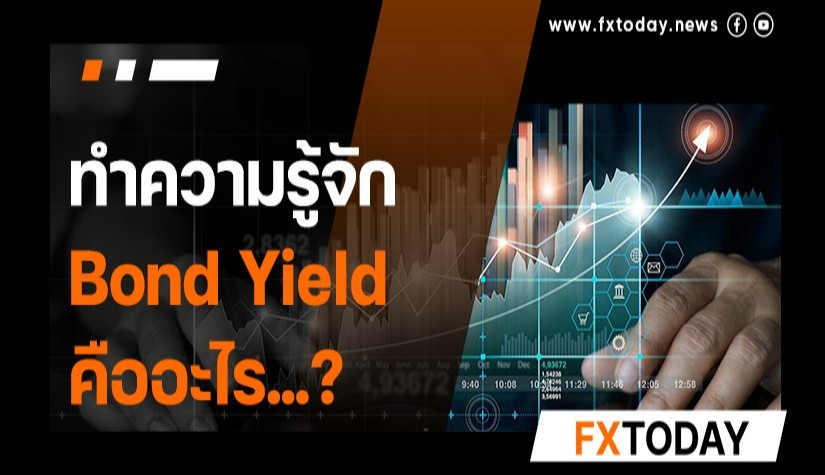U.S. Stocks Surge as Tech Gains Outweigh Trade Concerns
Global stocks rallied on Monday, led by gains in U.S. equities, as reports suggested that President Donald Trump’s upcoming tariffs might be more targeted than initially feared, easing investor concerns. However, uncertainty persisted over the broader impact of tariffs on economic growth, inflation, and corporate profits. Trump reaffirmed plans to impose new tariffs, including on automobiles, pharmaceuticals, and aluminum, but hinted at possible exemptions for some countries. Additionally, he imposed a 25% tariff on nations purchasing oil from Venezuela, pushing crude prices higher.
Despite initial optimism, U.S. stock index futures dipped slightly in after-hours trading as caution prevailed ahead of key economic data. Tech stocks led the gains, with Tesla (TSLA) surging 12% after announcing record first-quarter vehicle deliveries, and Nvidia (NVDA) climbing 3% following continued optimism over AI-related growth. Apple (AAPL) also rose 2.1% as investors anticipated strong iPhone sales in China, despite broader U.S.-China trade tensions. Meanwhile, Amazon (AMZN) gained 1.8% amid reports that the company is expanding its AI-powered cloud offerings, and Microsoft (MSFT) edged up 2.5% as it secured a new $10 billion government contract for cloud computing services.
However, analysts warned that while a more focused tariff approach was preferable to broad-based measures, the economic and corporate implications remained substantial. Investors were also monitoring upcoming Federal Reserve statements and economic reports for further insights into market stability and inflation trends.
Bank of America (BofA) expects trend-following strategies to remain a headwind for U.S. equities in the near term, as Commodity Trading Advisers (CTAs) could increase short positions in the S&P 500 and Nasdaq 100. BofA’s trend model signals strong negative momentum, with the S&P 500’s trend strength potentially falling to -75% and the Nasdaq-100 to -76%. BofA warns that absent a significant market reversal, these trend-following flows could reinforce downward pressure on equities at the start of the coming week.
In contrast, UBS views the recent equity pullback as a buying opportunity, arguing that historically, entering the market after a 10% decline in the S&P 500 has yielded strong absolute and risk-adjusted returns. While uncertainty surrounding policy and economic momentum persists, UBS does not expect a U.S. recession and maintains a 2% GDP growth forecast over the next year. Drawing comparisons to the 2011 market slowdown, UBS notes that global fiscal expansion, particularly in Europe and China, could mitigate risks. Despite potential near-term volatility, the firm believes equities will rebound in the second half of the year, making the current correction an attractive entry point.
Meanwhile, global business and political developments remain in focus. Top executives from Apple (AAPL), Qualcomm (QCOM), AstraZeneca (AZN), and Saudi Aramco (TADAWUL:2222) are attending the China Development Forum, where some are expected to meet with President Xi Jinping amid escalating U.S.-China trade tensions. China has been courting foreign investment and implementing measures to stimulate domestic consumption in response to rising tariffs and trade policy uncertainties.
On the economic front, investors are closely watching key data releases this week for insights into inflation and growth. The Federal Reserve’s preferred inflation gauge, the PCE price index, is due Friday, with expectations that core PCE will remain above the Fed’s 2% target. Other critical reports include a revised Q4 GDP reading, home sales data, and the S&P Global Composite Purchasing Managers’ Index (PMI), which is projected to show a slight slowdown in business activity. The Federal Reserve recently kept interest rates unchanged but acknowledged higher inflation and cooling growth, though Chair Jerome Powell maintains that the U.S. economy remains "strong overall."
As a result, the S&P 500 (US500) outlook remains mixed in the near term as market participants weigh optimism over AI-driven tech gains against macroeconomic headwinds. While a rally on Monday signaled renewed buying interest, Bank of America’s trend model indicates sustained negative momentum, with potential downside pressure from increasing short positions. If selling pressure intensifies, support levels near 5,700–5,650 could be tested, with a break lower exposing 5,600 as a key downside target. Conversely, a sustained move above 5,800 could open the door for a retest of all-time highs, driven by upcoming economic data and Federal Reserve policy signals.
Data for Technical Analysis (1H) CFD US 500 [S&P 500]
Resistance : : 5760.9, 5762.1, 5764.0
Support : 5757.1, 5755.9, 5754.0
1H Outlook
Source: TradingView
Buy/Long 1 If the support at the price range 5752.1 - 5757.1 is touched, but the support at 5757.1 cannot be broken, the TP may be set around 5761.2 and the SL around 5749.6, or up to the risk appetite.
Buy/Long 2 If the resistance can be broken at the price range of 5760.9 - 5765.9, TP may be set around 5769.5 and SL around 5754.6, or up to the risk appetite.
Sell/Short 1 If the resistance at the price range 5760.9 - 5765.9 is touched, but the resistance at 5760.9 cannot be broken, the TP may be set around 5756.2 and the SL around 5768.4, or up to the risk appetite.
Sell/Short 2 If the support can be broken at the price range of 5752.1 - 5757.1, TP may be set around 5749.0 and SL around 5763.4, or up to the risk appetite.
Pivot Points Mar 25, 2025 03:24AM GMT
|
Name
|
S3
|
S2
|
S1
|
Pivot Points
|
R1
|
R2
|
R3
|
|---|---|---|---|---|---|---|---|
| Classic | 5751.2 | 5754 | 5756.2 | 5759 | 5761.2 | 5764 | 5766.2 |
| Fibonacci | 5754 | 5755.9 | 5757.1 | 5759 | 5760.9 | 5762.1 | 5764 |
| Camarilla | 5757.1 | 5757.6 | 5758 | 5759 | 5759 | 5759.4 | 5759.9 |
| Woodie's | 5751 | 5753.9 | 5756 | 5758.9 | 5761 | 5763.9 | 5766 |
| DeMark's | - | - | 5755.2 | 5758.5 | 5760.2 | - | - |
Sources: Investing 1, Investing 2
















